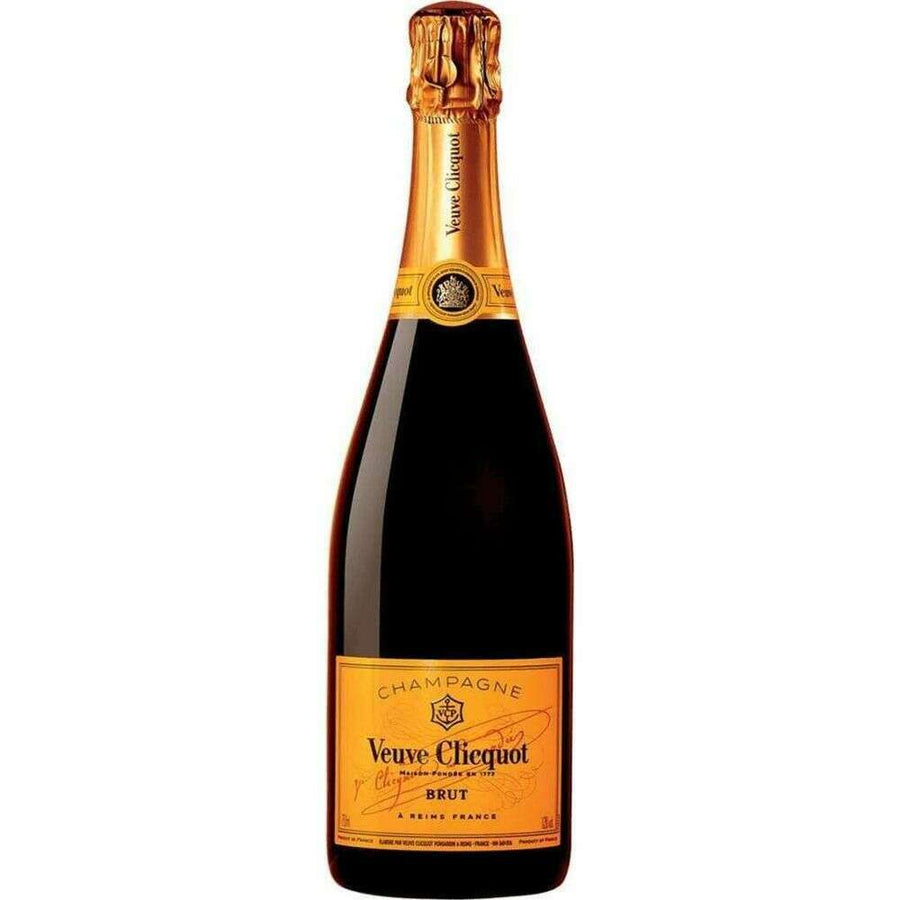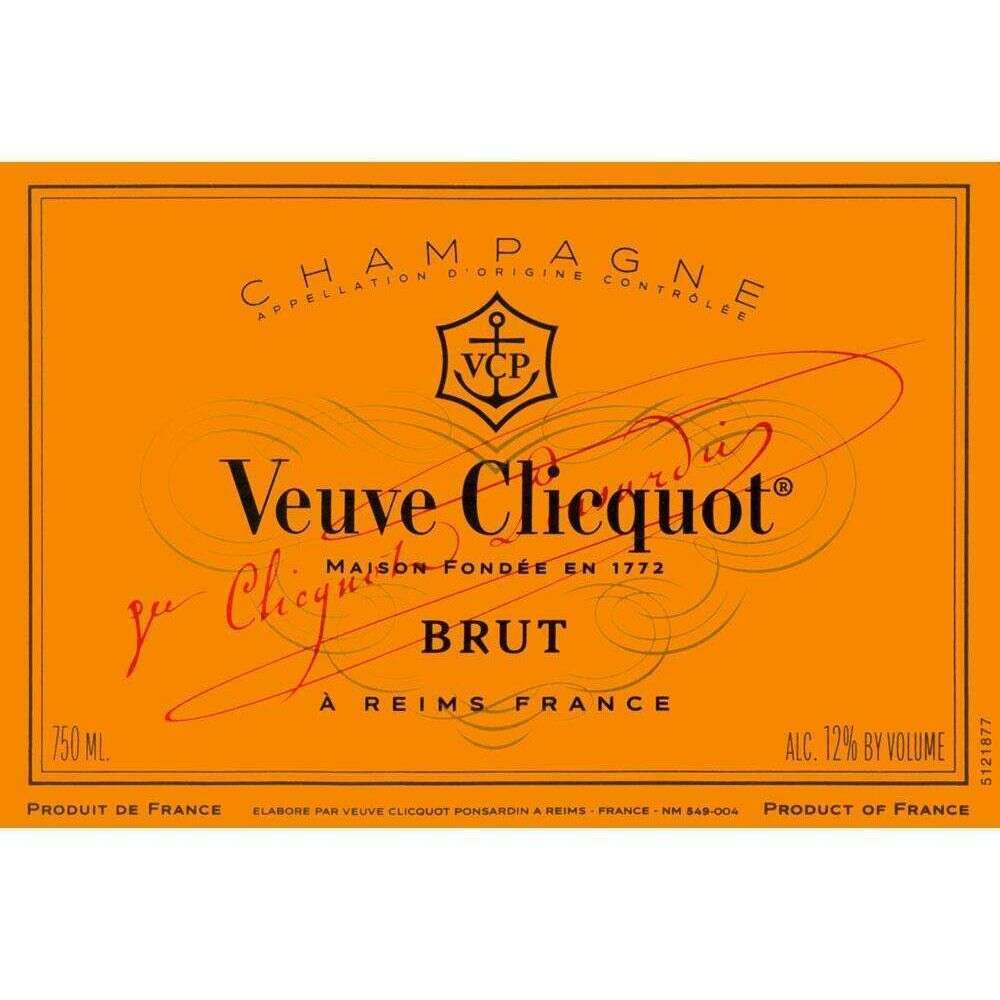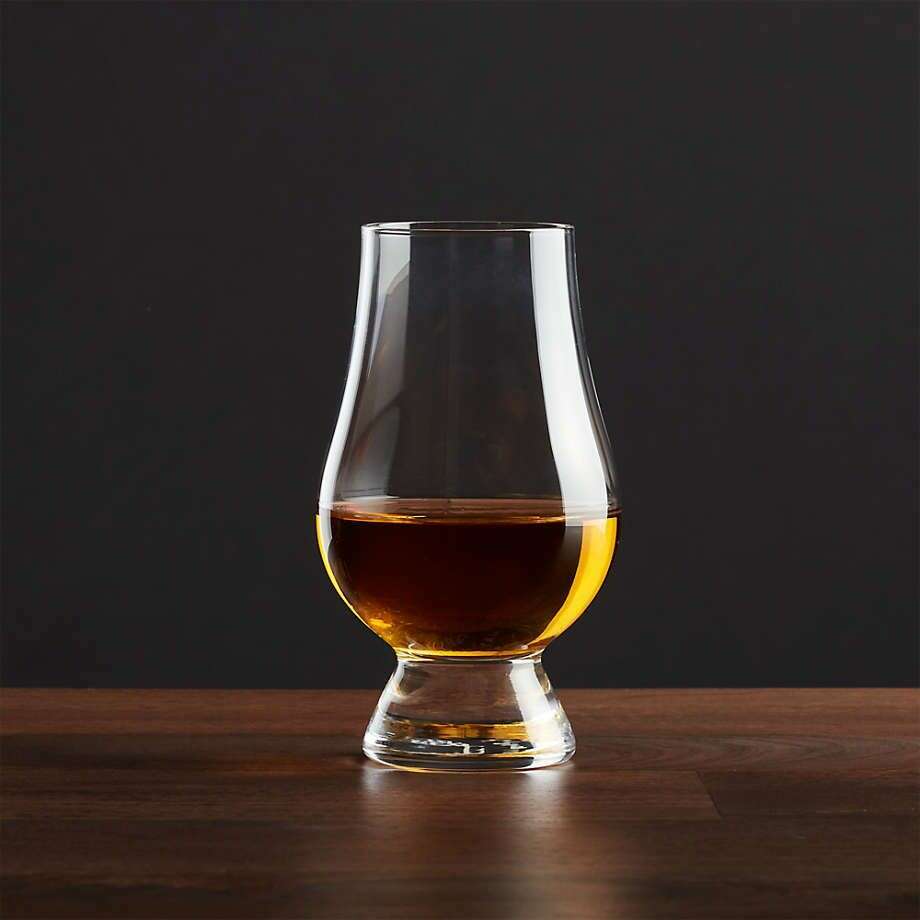Discover the exceptional Vieux Télégraphe Châteauneuf-du-Pape Rouge, a masterpiece crafted on the renowned La Crau plateau in France's Southern Rhône. This iconic wine is a blend dominated by Grenache (65%), with Mourvèdre and Syrah (15% each), along with a touch of Cinsault and Clairette, sourced from 70-year-old vines rooted in the region's famous galets roulés soils. Aged 20-22 months in traditional French oak *foudres*, this red showcases layers of ripe black currant, raspberry, and blueberry, intertwined with notes of Provençal herbs, leather, and smoked spices. Deeply complex yet balanced with fine tannins, it offers both elegance and power, making it perfect for pairing with lamb or game. Designed to age gracefully, the Vieux Télégraphe is a benchmark of Châteauneuf-du-Pape, reflecting the Brunier family's century-long legacy. Ideal for connoisseurs seeking a wine with depth, tradition, and an enduring finish.
Process & Profile
Domaine du Vieux Télégraphe's Châteauneuf-du-Pape Rouge is a flagship wine crafted on the iconic La Crau plateau, famed for its rocky terroir (*galets roulés*) and red clay soils. The wine is a traditional blend dominated by Grenache (65%), with Mourvèdre, Syrah, and a smaller percentage of Cinsault completing the profile. The production process honors the estate's over-century-old heritage, utilizing sustainable farming, hand-harvesting, rigorous sorting, and native yeast fermentation. Aging takes place over 20 months in large French oak *foudres*, allowing the wine to develop complexity without overpowering its fruit-driven essence.
Tasting Notes
Vieux Télégraphe La Crau is a deeply structured wine that bursts with layers of nuanced flavors and aromas. Its deep garnet hue opens to a bouquet of blackberry, kirsch, and Provencal herbs (*garrigue*), balanced by hints of licorice, leather, and crushed stones. On the palate, it offers rich notes of red and black berries, savory spices, and a marked minerality. Firm tannins and a lengthy finish with touches of smoke and earth showcase its age-worthiness, with the best vintages maturing gracefully for 25 years or more.
What Makes It Special
What sets Vieux Télégraphe apart is its terroir and winemaking philosophy. Located in Châteauneuf-du-Pape's La Crau, the vineyard benefits from abundant sunlight and mistral winds, ensuring optimal grape ripening. The Brunier family, who have managed the estate since 1898, emphasize sustainable viticulture and minimal intervention to express the purity of their unique soils. This meticulous approach, combined with traditional techniques such as gravity-fed cellars and cement fermentation tanks, ensures a wine of remarkable balance and depth. Critics laud its complexity, consistently earning high scores from publications like *Wine Spectator* and *Wine Advocate*.
How to Enjoy
Vieux Télégraphe Châteauneuf-du-Pape Rouge pairs beautifully with hearty, flavor-forward dishes. Its bold tannins and savory notes complement braised short ribs, rosemary-infused lamb, or wild boar ragù. Vegetarian fare like mushroom risotto or truffle-laden pasta also highlights the wine's earthy profile. Serve slightly below room temperature (around 17°C/63°F) and decant for at least an hour to unlock its full aromatic potential. While enjoyable now, this wine is an ideal candidate for cellaring, promising to reward patience with evolving layers of complexity over decades.
With its balance of tradition, terroir, and artistry, the Vieux T√©l√©graphe Ch√¢teauneuf-du-Pape Rouge stands as a quintessential expression of this storied appellation—a wine to savor and celebrate.
Frequently Asked Questions
What is the grape composition of Vieux Télégraphe Châteauneuf-du-Pape Rouge?
This classic red wine is typically a blend of 65% Grenache, 15% Mourvèdre, 15% Syrah, and 5% other varietals, including Cinsault and Clairette. The exact blend may vary slightly depending on the vintage.
What are the tasting notes for Vieux Télégraphe Châteauneuf-du-Pape Rouge?
Vieux Télégraphe wines are known for their rich, complex flavors of red and black berries, complemented by earthy notes such as leather, dust, and garrigue (a mix of local herbs like sage and rosemary). Additional nuances of black olive, pepper, and baking spices often emerge with age.
How does the terroir of La Crau influence this wine?
The La Crau plateau, where Vieux Télégraphe's vineyard is situated, features a unique terroir of galets roulés (rounded stones) over clay and sand. This soil helps retain heat and radiates it at night, leading to optimal ripening of the grapes and contributing to the wine's robust structure and complexity.
How should this wine be served?
Serve Vieux Télégraphe Châteauneuf-du-Pape Rouge at a temperature of around 17°C (62-64°F). Decanting for at least one to two hours before serving is highly recommended to allow the wine to fully open up.
What foods pair well with Vieux Télégraphe Châteauneuf-du-Pape Rouge?
This wine pairs beautifully with rich dishes such as roasted lamb, duck, beef stews, and game meats. It also complements dishes featuring herbs de Provence, truffle-based sauces, or hearty mushroom dishes.
What is the aging potential for this wine?
Vieux Télégraphe Châteauneuf-du-Pape Rouge is highly age-worthy and can develop beautifully for 15-25 years or more, depending on the vintage. Its tannic structure and acidity allow it to evolve, showcasing more complex aromas and flavors over time.
How is Vieux Télégraphe Châteauneuf-du-Pape Rouge vinified?
The wine is produced using traditional methods. The grapes are hand-picked and carefully sorted, with partial destemming. Fermentation takes place over 30-40 days in temperature-controlled vats, followed by aging for 20-22 months in large French oak foudres. The wine is bottled unfined and unfiltered.
What makes Vieux Télégraphe unique among Châteauneuf-du-Pape wines?
Vieux Télégraphe is considered a benchmark for the Châteauneuf-du-Pape appellation due to its historic roots, meticulous craftsmanship, and expression of the unique La Crau terroir. The Brunier family, who owns the estate, has been producing this wine for over a century, ensuring consistency and quality.
Can I drink this wine young or should it be cellared?
While the wine is approachable in its youth with proper decanting, it truly shines with some aging. Most vintages are at their peak between 8 and 20 years, offering layers of complexity with extended cellaring.
What is the alcohol content of Vieux Télégraphe Châteauneuf-du-Pape Rouge?
This wine typically has an alcohol content of around 14.5%, reflective of the warm Southern Rhône climate.
What is the production method for Vieux Télégraphe's quality?
The winery uses organic (practicing) farming methods and ensures low yields to maintain concentration and quality. The focus on gentle pressing, careful sorting, and long aging in large foudres helps preserve the elegance and depth of the wine.








